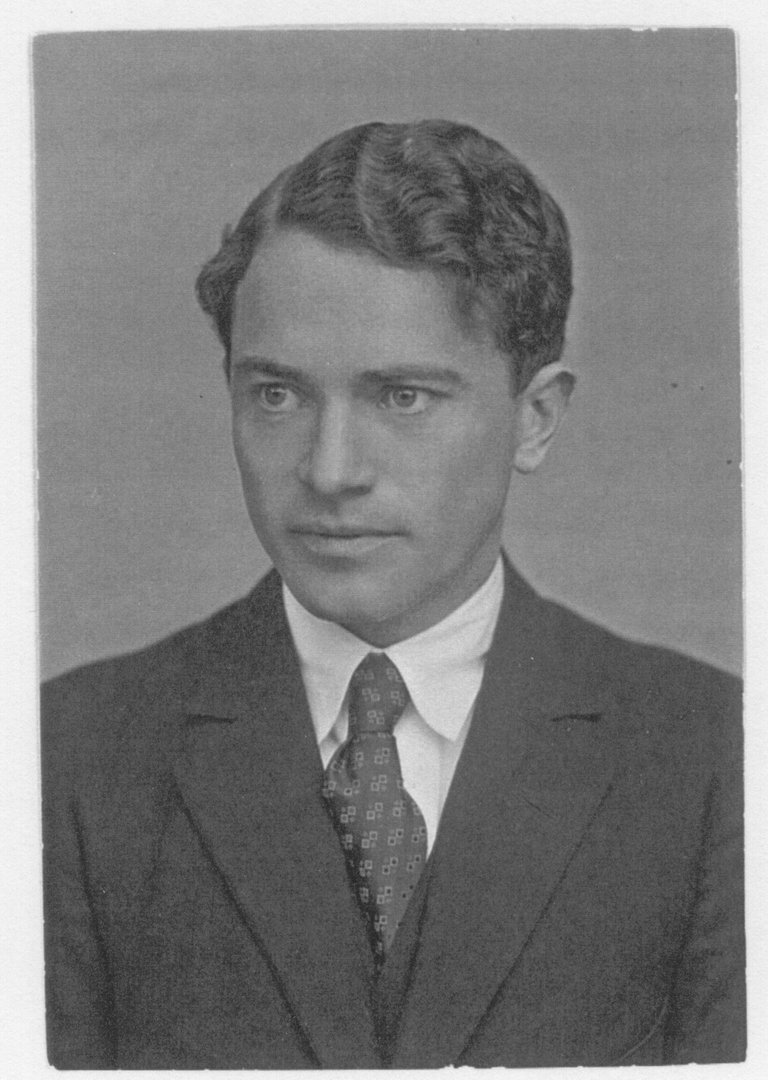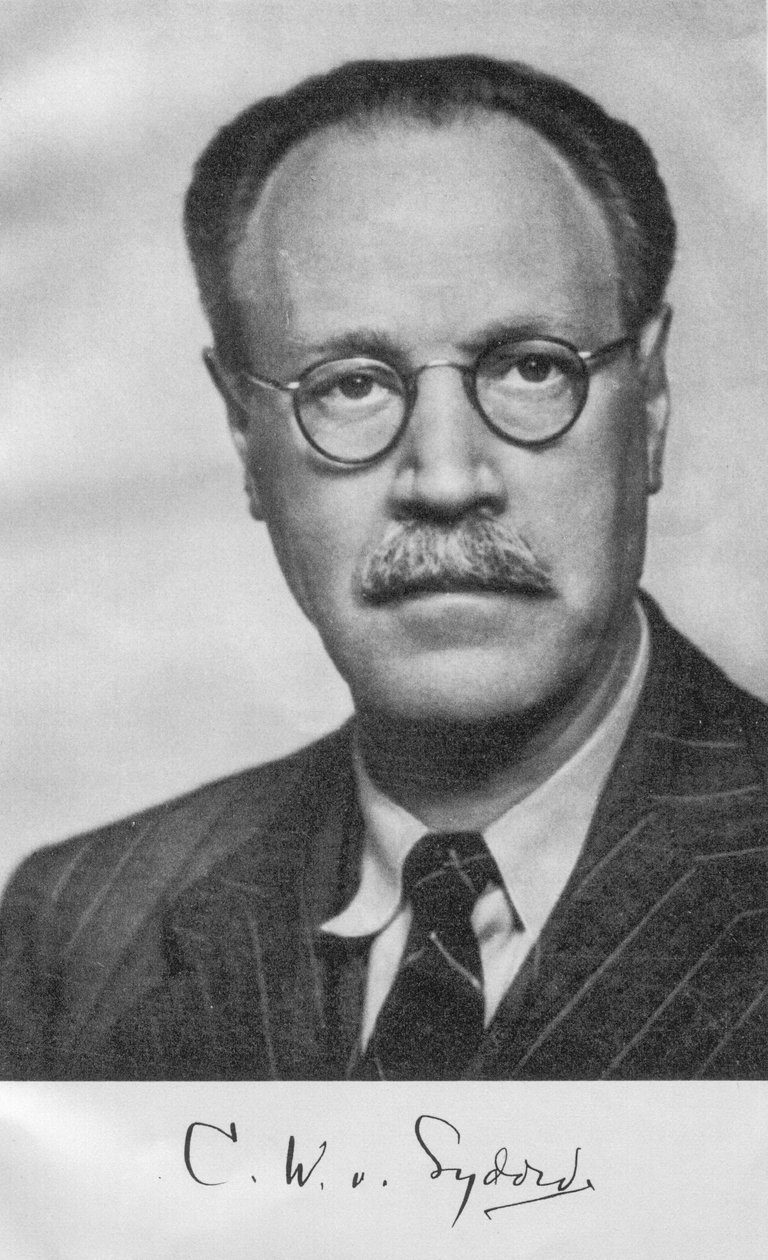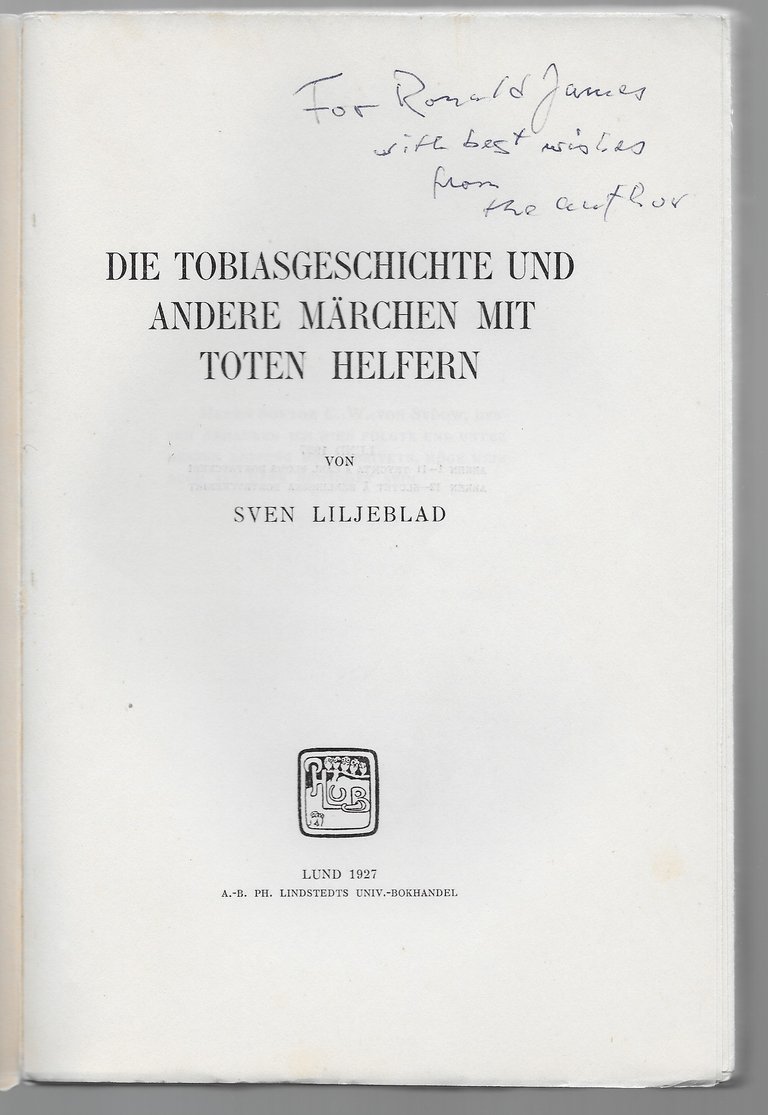The origin of the name of "The Grateful Dead" is sometimes disputed: some claim it came from the Egyptian Book of the Dead, but almost certainly it originates with a common European folktale, known as "The Grateful Dead." The story tells of a man who died in debt, angering his neighbors for his inability to repay them. They subsequently leave his corpse, unattended by the side of the road. A young man happens by and sees the corpse, and so he buried it, earning the gratitude of the dead man's spirit. This grateful ghost follows the young man and helps him with the challenges he faces throughout the unfolding story.
The motif appears in the Book of Tobit, and it is often referred to as the "Tobias story." In some ways, the "Grateful Dead" functions more as an introduction to several folktales, a theme developed by Sven S. Liljeblad (1899-2000), who wrote his dissertation on the subject in 1927.

Liljeblad (shown here in 1933) was the student of famed folklorist, Carl Wilhelm von Sydow, the father of actor Max von Sydow. The elder von Sydow (see below) was a master theoretician. He and Liljeblad developed a new Swedish approach to folklore studies, breaking away from the Finnish Historic Geographic Method.

The new Swedish approach emphasized geography more than history. Lileblad's dissertation was the vanguard study designed to promote the new method.

Published in German, Liljeblad's dissertation used the term "Toten Helfern", which is typically translated "Grateful Dead." The study earned Liljeblad an important place in the annals of European folklore studies. A dozen years later - after operating an underground out of Copenhagen to rescue refugees from Hitler's Germany - Liljeblad fled to the United States. He subsequently became a leading authority on Paiute and Shoshone language and folklore.
In 1980, I mentioned to Liljeblad that there was a rock and roll band named "The Grateful Dead." "No!!!!" Liljeblad answered with delight. "What does it mean?" Unable to explain to him what it meant, he kept returning to that question for several hours. It appears that someone in the band had been exposed to folklore studies - perhaps in a class at the Berkeley campus of the University of California. The exact path that ties the folktale to the band is difficult to define, but the connection is clear.
very cool! thanks for sharing this